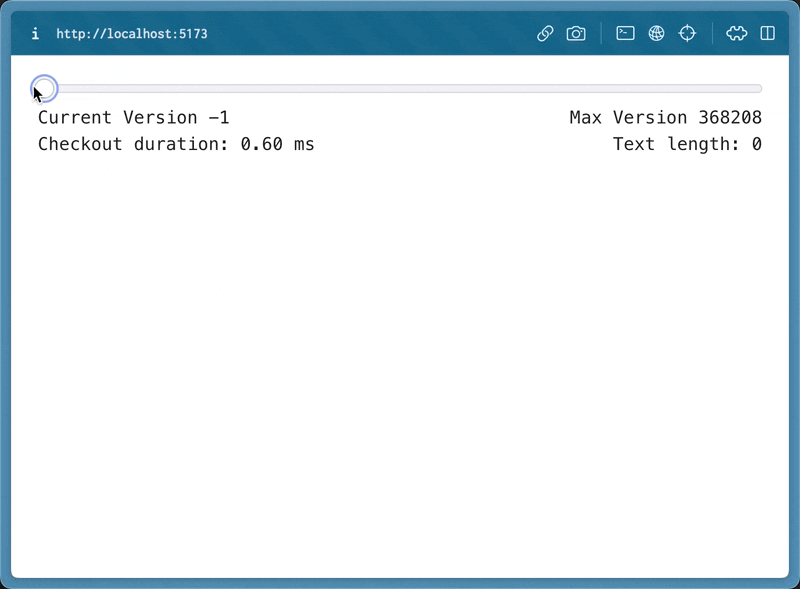Loro: Pioneering State Management with CRDTs - A New Era in Local-First Software Development
In the ever-evolving landscape of software development, a new player has emerged that could change how we handle data in distributed systems. Meet Loro (opens in a new tab), a newly open-sourced high-performance library based on Conflict-free Replicated Data Types (CRDTs).
This article is designed to guide beginners through the concepts of CRDTs, illustrate how Loro leverages these principles, and compare it with other tools in the field.
Understanding CRDTs
Before diving into Loro, it's crucial to understand what CRDTs are. CRDTs, or Conflict-free Replicated Data Types, are data structures that enable multiple copies of the same data to be distributed across different servers or devices and then synchronized conflict-free. This means that even if changes are made offline or concurrently, the data can be merged without conflicts.
How Do CRDTs Work?
Imagine you and a friend are editing different sections of the same document simultaneously, one online and one offline. When you both reconnect, the system automatically merges your changes without any loss or conflict. This is CRDTs in action - they ensure that every change is integrated seamlessly, respecting both users' inputs.
The Role of Loro in CRDTs
Loro, as an open-source CRDTs library, brings this technology to a wider audience. It's designed to facilitate local-first software development, where applications can efficiently operate in distributed environments like multiplayer games, collaborative document editing, or IoT networks.
Key Features of Loro:
- Automatic Conflict Resolution: Loro's CRDTs automatically merge concurrent writes.
- Simplified Backend Requirements: Reduces the need for intricate backend data structures.
- Offline Functionality: Supports operations even when offline, synchronizing once reconnected.

Examples of Loro in Action
- Collaborative Editing: Loro can be used to build a real-time collaborative editor where multiple users can edit a document simultaneously, with changes reflected in real-time for all users.
- Multiplayer Gaming: In games, player states can be replicated across different devices using Loro, ensuring a seamless multiplayer experience even in the presence of network issues.
Comparisons with Other CRDT Tools
- Automerge (opens in a new tab): Another popular open-source CRDT library is Automerge, designed primarily for JSON-like data. It's well-suited for applications like collaborative text editing but might be more complex to integrate compared to Loro.
- Yjs (opens in a new tab): Yjs is notable for its broad compatibility with various front-end frameworks. It excels in real-time editing scenarios but may require more setup than Loro for certain applications.
Loro's User-Friendly Approach
One of Loro's standout features is its user-friendly approach to integrating CRDTs with UI state management. For instance, if you're familiar with Vue's state management tool, Pinia, you'll find Loro's integration to be quite straightforward. It allows developers to define the state and actions in a manner similar to traditional front-end frameworks, but with the added benefits of CRDTs like automatic data synchronization and conflict resolution.
Challenges and Future Directions
While Loro presents an innovative solution, it's not without challenges. CRDT-based systems can be complex in terms of long-term data modeling and handling migrations. As Loro continues to evolve, addressing these challenges will be crucial for wider adoption.
Conclusion
Loro represents a significant advancement in the field of distributed data management. For beginners interested in exploring CRDTs, Loro offers a user-friendly and powerful platform to start with. As the technology develops, it's exciting to think about the potential applications and improvements
Reference
[Loro's Github][https://github.com/loro-dev/loro (opens in a new tab)]